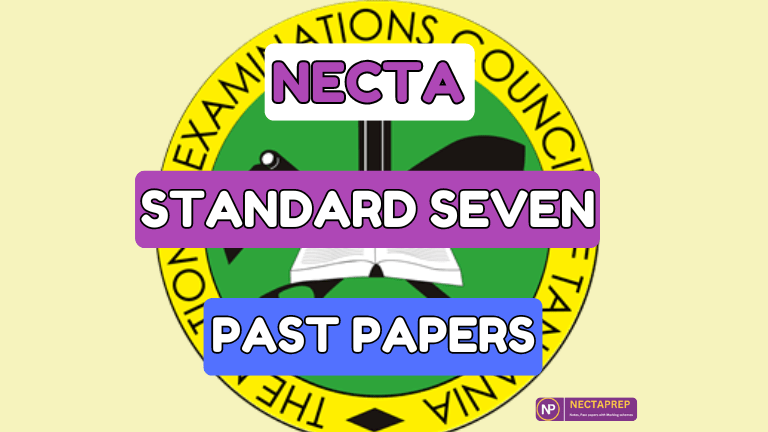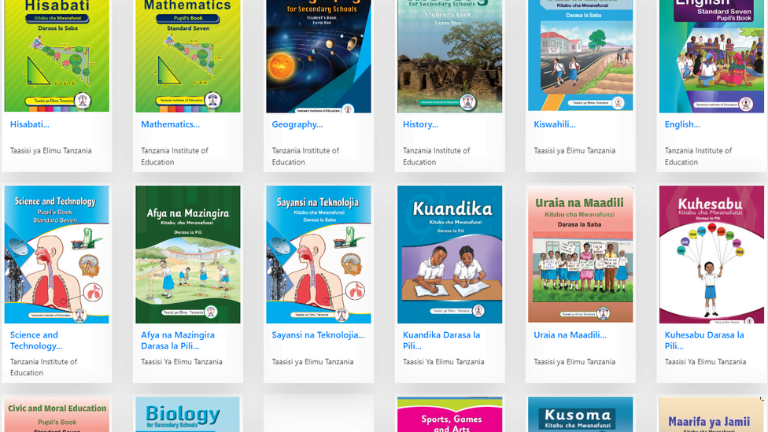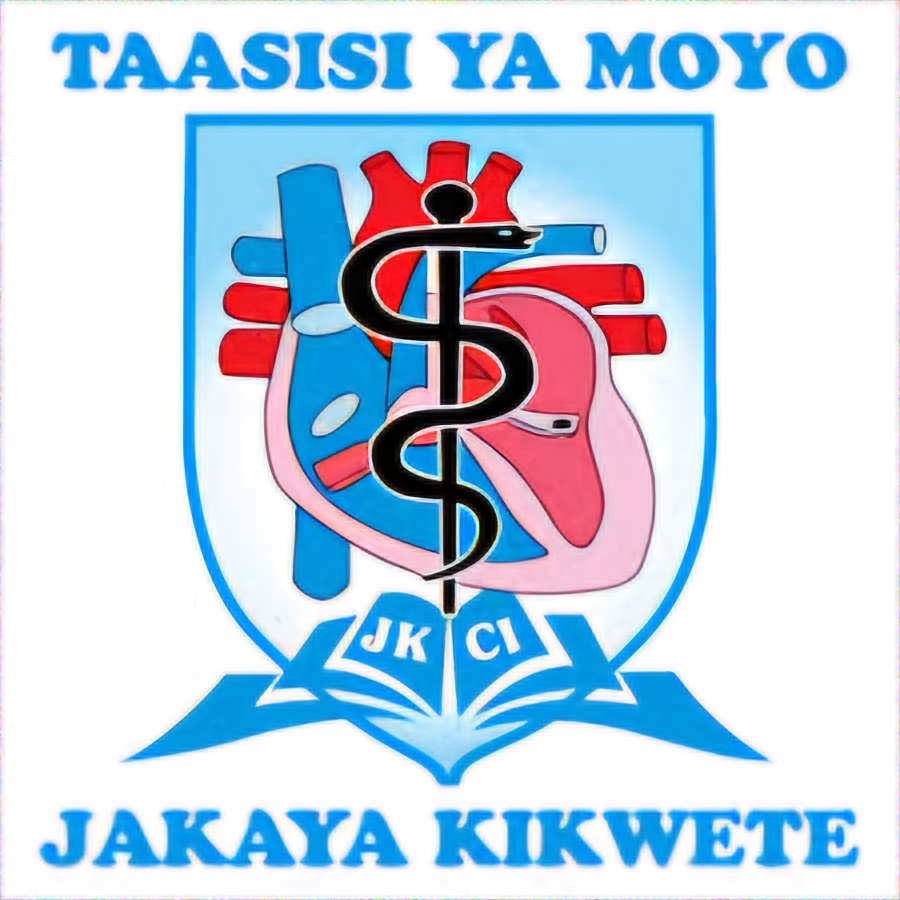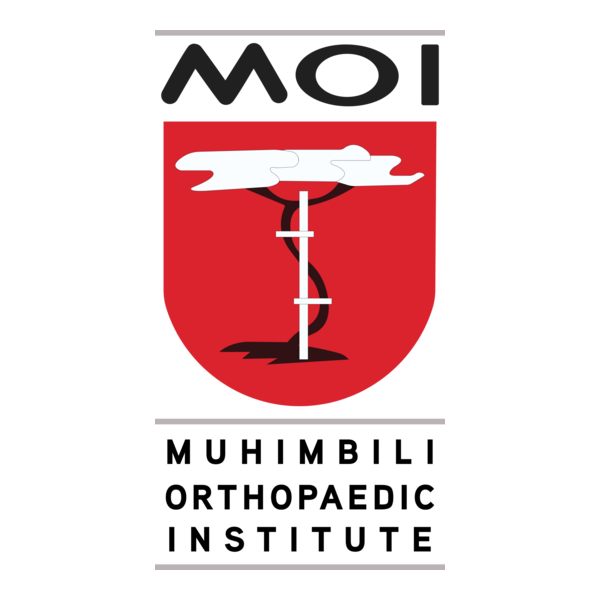Integrating technology into your teaching isn’t just about staying relevant—it’s about enhancing the learning experience in ways that were once unimaginable. Whether you’re teaching in a primary school classroom, a high school lab, or a university lecture hall, technology offers tools and techniques to captivate your students and elevate their understanding. Here’s how you can embrace this digital revolution effectively.
The Benefits of Technology in Teaching
Technology has become a cornerstone of modern education, and for good reason. It empowers both educators and students by making lessons more engaging, inclusive, and effective. Let’s explore some of the most impactful benefits:
1. Enhanced Engagement
Gone are the days of monotonous lectures. Interactive tools such as gamified apps, virtual simulations, and augmented reality keep students engaged. These innovations transform learning into a hands-on experience that captures their attention and imagination.
2. Improved Learning Outcomes
Visual and interactive aids make complex concepts more digestible. For instance, physics students can explore simulations of gravitational forces, while history classes can dive into virtual recreations of ancient civilizations.
3. Global Access to Resources
Technology breaks geographical barriers. Virtual field trips, online guest lectures, and global collaboration projects allow students to connect with experts and peers worldwide, broadening their horizons.
4. Abundant Teaching Resources
Teachers now have access to vast online libraries, e-books, educational videos, and other digital resources. These tools provide fresh ideas and materials, enabling educators to cater to diverse learning styles.
5. Better Collaboration
Shared documents, group messaging apps, and collaborative platforms like Google Workspace encourage teamwork and creative problem-solving. Students can work together seamlessly, even outside of class.
Steps to Integrate Technology into Your Lessons
Incorporating technology into your teaching doesn’t have to be overwhelming. By following a structured approach, you can make the transition smooth and effective:
1. Analyze the Benefits
Start by identifying areas in your curriculum where technology can have the most impact. Is there a challenging topic that students struggle to grasp? Or an activity that could benefit from more interaction? Reflect on how technology can enhance these lessons.
2. Brainstorm Ideas
Collaborate with colleagues and even your students. They might have creative suggestions for integrating tech into specific lessons or activities.
3. Design a Plan
Once you’ve settled on an idea, create a detailed lesson plan. Outline how you’ll use technology to achieve your learning objectives, ensuring it aligns with your teaching goals.
4. Implement Gradually
Don’t dive in all at once. Start with one or two tech tools, gather feedback from students, and adjust accordingly. This gradual approach minimizes disruption while maximizing effectiveness.
5. Evaluate and Refine
Technology should serve as a tool, not a distraction. Continuously assess its impact on student engagement and performance, and make changes as needed to ensure your approach remains effective.
Basic Online Tools for Practical Use
You don’t need a massive budget or extensive training to leverage technology in your teaching. These simple yet effective tools can help you get started:
1. Digital Devices
Tablets, computers, and smartboards are versatile tools that allow for interactive lessons. From drawing diagrams to conducting online quizzes, these devices open up a world of possibilities.
2. BYOD (Bring Your Own Device)
Encourage students to use their smartphones, tablets, or laptops for learning activities. This approach allows for personalized learning, as students can explore resources at their own pace.
3. Video Lessons
Platforms like YouTube and TeacherTube offer a treasure trove of educational content. Whether it’s a tutorial on calculus or a documentary about marine life, video lessons can supplement your teaching in engaging ways.
4. Feedback Tools
Online surveys, polls, and quizzes help you assess student understanding in real-time. Platforms like Kahoot! and Google Forms make it easy to collect and analyze feedback.
5. Virtual Tours
Apps like Google Earth and National Geographic bring the world into your classroom. Students can explore the pyramids of Egypt, trek through the Amazon rainforest, or even take a tour of the International Space Station—all from their desks.
Final Thoughts
Technology has the power to transform education, making it more engaging, inclusive, and effective. By understanding its benefits, following a thoughtful integration process, and leveraging accessible tools, teachers at any level can create meaningful and memorable learning experiences.
Start small, stay curious, and let technology inspire both you and your students. After all, the future of teaching lies in innovation—and it starts with you.









Leave a Reply